√100以上 e coli cell diagram 312516-E coli cell diagram
ADVERTISEMENTS In this article we will discuss about Escherichia Coli (E Coli) 1 Meaning of Escherichia Coli 2 Morphology and Staining of Escherichia Coli 3 Cultural Characteristics 4 Biochemical Reaction 5 Antigenic Structure 6 Toxin 7 Haemolysin 8 Infection E Coli Causes 9 Antigenic Typing 10 Laboratory Diagnosis 11 Treatment 12 Medical Importance Contents MeaningThe major facilitator superfamily represents the largest group of secondary membrane transporters in the cell Here we report the 33 angstrom resolution structure of a member of this superfamily, GlpT, which transports glycerol3phosphate into the cytoplasm and inorganic phosphate into the periplasm The amino and carboxylterminal halves of the protein exhibit a pseudo twofold symmetryThe primary habitat of E coli is in the gastrointestinal (GI) tract of humans and many other warmblooded animals

E Coli Cell Diagram Page 1 Line 17qq Com
E coli cell diagram
E coli cell diagram-Cell Structure and Metabolism E coli is a Gramnegative rodshaped bacteria, which possesses adhesive fimbriae and a cell wall that consists of an outer membrane containing lipopolysaccharides, a periplasmic space with a peptidoglycan layer, and an inner, cytoplasmic membrane Some strains are piliated and capable of accepting andE coli is described as a Gramnegative bacterium This is because they stain negative using the Gram stain The Gram stain is a differential technique that is commonly used for the purposes of classifying bacteria



Escherichia Coli Wikipedia
Escherichia coli, often abbreviated E coli, are rodshaped bacteria that tend to occur individually and in large clumps E coli are classified as facultative anaerobes, which means that they grow best when oxygen is present but are able to switch to nonoxygendependent chemical processes in the absence of oxygenMurNAc is unique to bacterial cell walls, as is Dglu, DAP and Dala The muramic acid subunit of E coli is shown in Figure 16 below Figure 16 The structure of the muramic acid subunit of the peptidoglycan of Escherichia coli This is the type of murein found in most Gramnegative bacteriaE coli lives in the lower intestine of warmblooded animals, including humans It's one of many bacterial species that inhabit our digestive tract in large numbers In fact, there are more bacterial cells in our digestive tract than there are human cells in our bodies!
ADVERTISEMENTS In this article we will discuss about Escherichia Coli (E Coli) 1 Meaning of Escherichia Coli 2 Morphology and Staining of Escherichia Coli 3 Cultural Characteristics 4 Biochemical Reaction 5 Antigenic Structure 6 Toxin 7 Haemolysin 8 Infection E Coli Causes 9 Antigenic Typing 10 Laboratory Diagnosis 11 Treatment 12 Medical Importance Contents MeaningAs one of the most popular expression platforms, E coli is the host cell to produce human insulin, the first recombinant protein, which was approved for marketing in 19 E coli has many wellknown advantages to provide a mean for economical and rapid production of recombinant proteins Firstly, E coli has unparalleled fast growth kineticsEscherichia coli (abbreviated as E coli) are bacteria found in the environment, foods, and intestines of people and animalsE coli are a large and diverse group of bacteria Although most strains of E coli are harmless, others can make you sick Some kinds of E coli can cause diarrhea, while others cause urinary tract infections, respiratory illness and pneumonia, and other illnesses
The major facilitator superfamily represents the largest group of secondary membrane transporters in the cell Here we report the 33 angstrom resolution structure of a member of this superfamily, GlpT, which transports glycerol3phosphate into the cytoplasm and inorganic phosphate into the periplasm The amino and carboxylterminal halves of the protein exhibit a pseudo twofold symmetryHere, earlylog E coli cells were washed in buffer and introduced to DiSC 3 (5) to allow fluorescence equilibration Cells were then introduced to polymyxin B (Figure 4D), which disrupts the cytoplasmic membrane, causing release of DiSC 3 (5) from the membrane and a corresponding increase in fluorescenceRate of cell division of E coli is average of once in every 30 min, thus enabling quick environmental adaptation This fast division rate of E coli has helped in evolutionary experiments which



Escherichia Coli Wikipedia
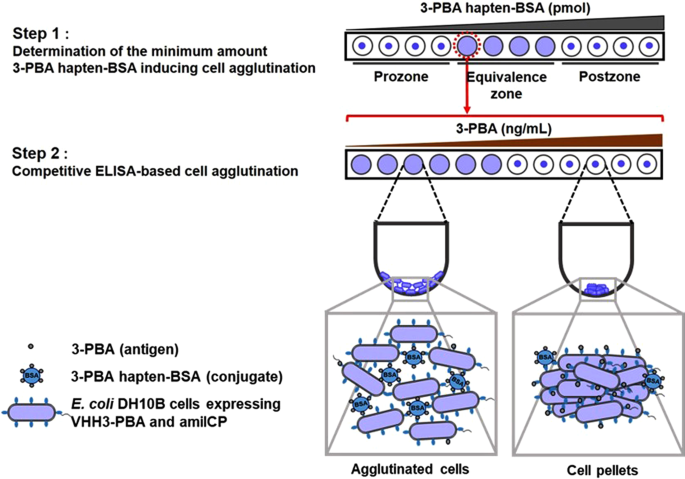


A Label Free Optical Whole Cell Escherichia Coli Biosensor For The Detection Of Pyrethroid Insecticide Exposure Scientific Reports
Rate of cell division of E coli is average of once in every 30 min, thus enabling quick environmental adaptation This fast division rate of E coli has helped in evolutionary experiments whichE coli is the normal flora of the human body;Figure 3 The ultrastructure of a bacterial flagellum (after J Adler) Measurements are in nanometers The flagellum of E coli consists of three parts, filament, hook and basal body, all composed of different proteins The basal body and hook anchor the whiplike filament to the cell surface
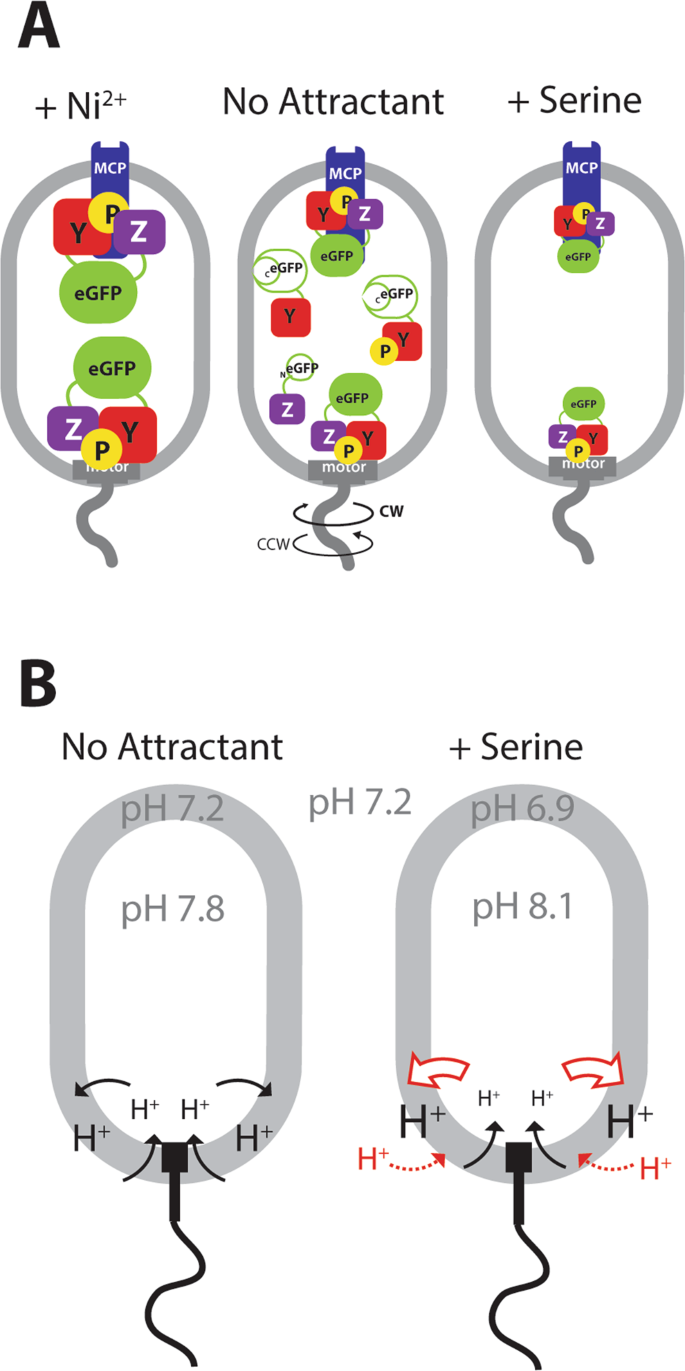


Probing Chemotaxis Activity In Escherichia Coli Using Fluorescent Protein Fusions Scientific Reports
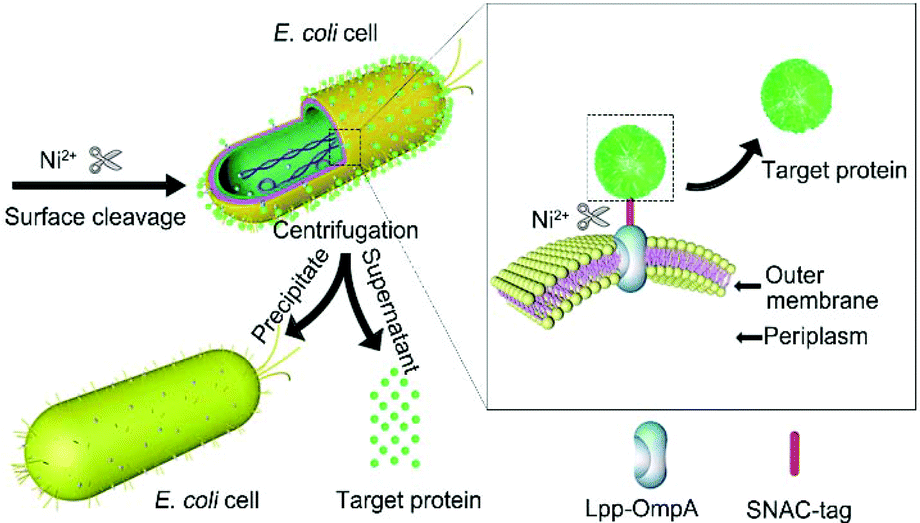


A Simplified Protein Purification Method Through Nickel Cleavage Of The Recombinant Protein From The Escherichia Coli Cell Surface Analyst Rsc Publishing
Here, earlylog E coli cells were washed in buffer and introduced to DiSC 3 (5) to allow fluorescence equilibration Cells were then introduced to polymyxin B (Figure 4D), which disrupts the cytoplasmic membrane, causing release of DiSC 3 (5) from the membrane and a corresponding increase in fluorescenceThe niche of E coli depends upon the availability of the nutrients within the intestine of host organisms;Type and morphology E coli is a Gramnegative, facultative anaerobe (that makes ATP by aerobic respiration if oxygen is present, but is capable of switching to fermentation or anaerobic respiration if oxygen is absent) and nonsporulating bacterium Cells are typically rodshaped, and are about μm long and 025–10 μm in diameter, with a cell volume of 06–07 μm 3



The E Coli Cell A An E Coli Cell Visualized By Electron Download Scientific Diagram


Electron Micrograph Of E Coli Cc118 Pag6 Cells The Granular Download Scientific Diagram
There are a large number of E coli strains (or subtypes) with diverse characteristicsP Desmarchelier, N Fegan, in Encyclopedia of Dairy Sciences, 02 General Characteristics Escherichia coli is a member of the family Enterobacteriaceae, which are Gramnegative facultatively anaerobic rods (possessing both a fermentative and respiratory metabolism) and do not produce the enzyme oxidase Escherichia coli cells are typically 11–15 μm wide by 2–6 μm long and occur asADVERTISEMENTS In this article we will discuss about Escherichia Coli (E Coli) 1 Meaning of Escherichia Coli 2 Morphology and Staining of Escherichia Coli 3 Cultural Characteristics 4 Biochemical Reaction 5 Antigenic Structure 6 Toxin 7 Haemolysin 8 Infection E Coli Causes 9 Antigenic Typing 10 Laboratory Diagnosis 11 Treatment 12 Medical Importance Contents Meaning



Lab Evolved E Coli Consume Carbon Dioxide The Scientist Magazine



Cell To Cell Communication In Escherichia Coli And Salmonella Typhimurium They May Be Talking But Who S Listening Pnas
General description Escherichia coli (Ecoli) is a nonspore forming, Gramnegative, rodshaped facultative anerobe, which is found in the human gastrointestinal tract It belongs to the family of Enterobacteriaceae Ecoli is chemoorganotrophic and grows at 37°C Pathogenic Ecoli strains is associated with diarrhea, septicemia, meningitis and urinary tract infectionsAlthough E coli cells maintain a rod shape during exponential growth, they are also able to adopt a wide variety of shapes in the face of environmental, chemical, or genetic perturbations Since the molecular structure of peptidoglycan is conserved in bacteria, the dependence of cell shape on the cell wall is likely similar in all GramCell Cycle Like all bacteria, E coli reproduces through binary fission, in which one cell splits into a genetically identical copyE coli's cell cycle is divided into three periods that roughly mirror the phases of eukaryotic mitosisThe B period occurs directly after cell division The B period is the "normal" period in the life cycle in which the cell is functioning normally



E Coli Bacteria Micro Biological Vector Illustration Cross Section Labeled Diagram Medical Research Information Poster Canvas Print Barewalls Posters Prints Bwc



Strategy And Technical Roadmap For Biodetection And Bioremediation Of Download Scientific Diagram
General description Escherichia coli (Ecoli) is a nonspore forming, Gramnegative, rodshaped facultative anerobe, which is found in the human gastrointestinal tract It belongs to the family of Enterobacteriaceae Ecoli is chemoorganotrophic and grows at 37°C Pathogenic Ecoli strains is associated with diarrhea, septicemia, meningitis and urinary tract infectionsE coli is a gram negative rodshaped bacterium (Fig 1A) Its nucleoid consists of a single, 46 kb long circular DNA molecule, several RNA, and over 0 DNAbinding proteins , , , among which is a set of socalled histonelike proteins that include HU, HNS, IHF and FIS , The 46 kb DNA is compacted approximately 1000 fold in the nucleoid by the nucleoid proteins and supercoiling (Fig 2A)Escherichia coli have been chosen as the host organism for each of the coproteins to be produced Each strain of E coli will contain a different gene that is responsible for producing the desired coprotein The modified E coli cells will be separately grown through the process of batch fermentation This tutorial w ill
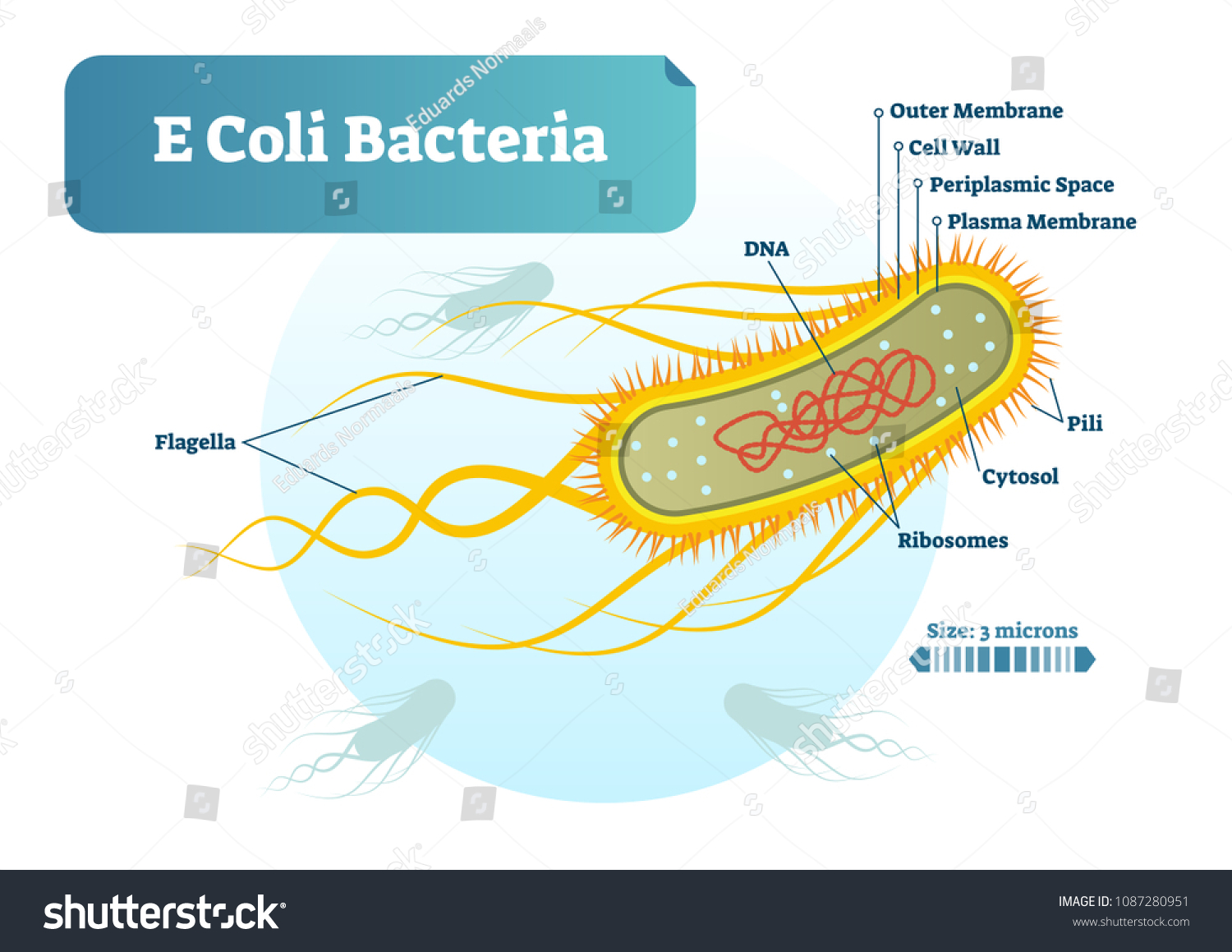


E Coli Bacteria Micro Biological Vector Stock Vector Royalty Free
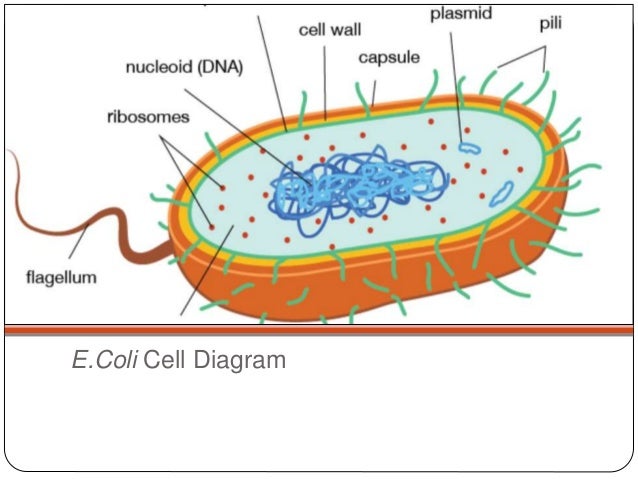


Escherichia Coli E C Oli
In this paper, patches of an E coli cell wall were made using a circumferential layered model, supported by ECT imaging of both Gramnegative and Grampositive sacculi , , plausibility arguments based on the thickness and glycan strand length , and the average peptidepeptide angle measured above (see Fig 2B) The patches were constructedEscherichia coli have been chosen as the host organism for each of the coproteins to be produced Each strain of E coli will contain a different gene that is responsible for producing the desired coprotein The modified E coli cells will be separately grown through the process of batch fermentation This tutorial w illE coli is the normal flora of the human body;



Bacteria Getting Into Shape Genetic Determinants Of E Coli Morphology Mbio



E Coli Cell Arrangement Page 1 Line 17qq Com
As one of the most popular expression platforms, E coli is the host cell to produce human insulin, the first recombinant protein, which was approved for marketing in 19 E coli has many wellknown advantages to provide a mean for economical and rapid production of recombinant proteins Firstly, E coli has unparalleled fast growth kineticsThe niche of E coli depends upon the availability of the nutrients within the intestine of host organisms;E coli, (Escherichia coli), species of bacterium that normally inhabits the stomach and intestines When E coli is consumed in contaminated water, milk, or food or is transmitted through the bite of a fly or other insect, it can cause gastrointestinal illness Mutations can lead to strains that cause diarrhea by giving off toxins, invading the intestinal lining, or sticking to the intestinal
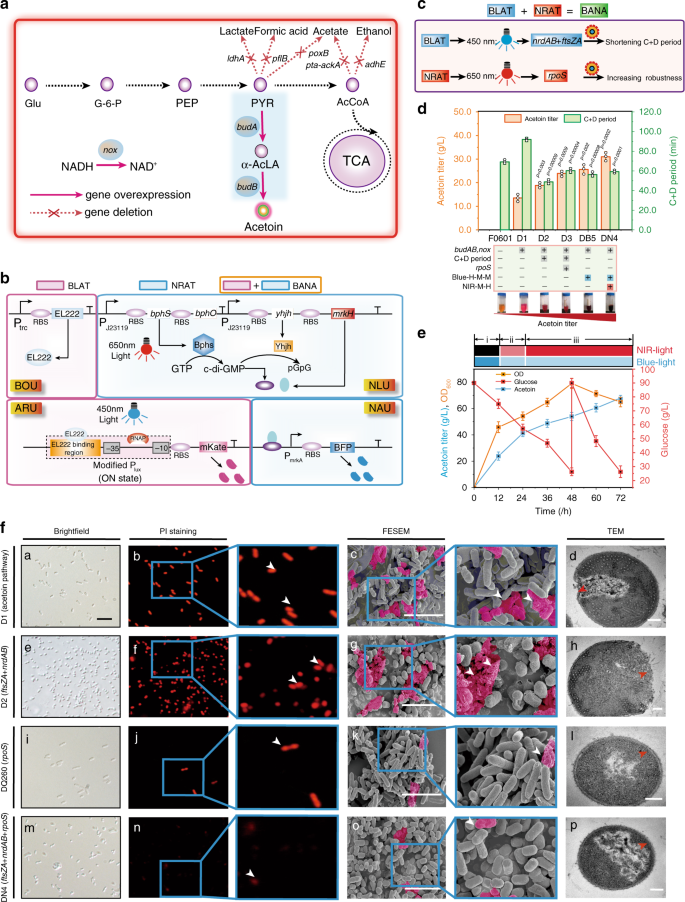


Light Powered Escherichia Coli Cell Division For Chemical Production Nature Communications


Pathogenesis Ecl The Escherichia Coli Laboratory
E coli are rodshaped bacterium that has an outer membrane consisting of lipopolysaccharides, inner cytoplasmic membrane, peptidoglycan layer, and an inner, cytoplasmic membrane Cell wallthis structure is made of a thick layer of protein and sugar that prevents the cell from burstingThe size of a typical bacterium such as E coli serves as a convenient standard ruler for characterizing length scales in molecular and cell biology A "rule of thumb" based upon generations of light and electron microscopy measurements for the dimensions of an E coli cell is to assign it a diameter of about ≈1µm, a length of ≈2µm, and a volume of ≈1µm 3 (1 fL) (BNID 1017)There are a large number of E coli strains (or subtypes) with diverse characteristics
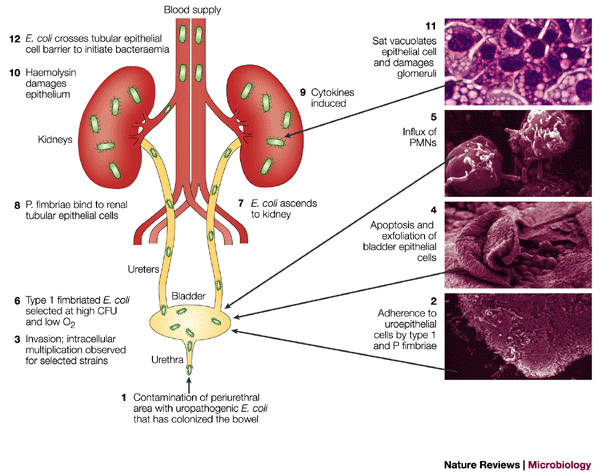


Pathogenic Escherichia Coli Nature Reviews Microbiology
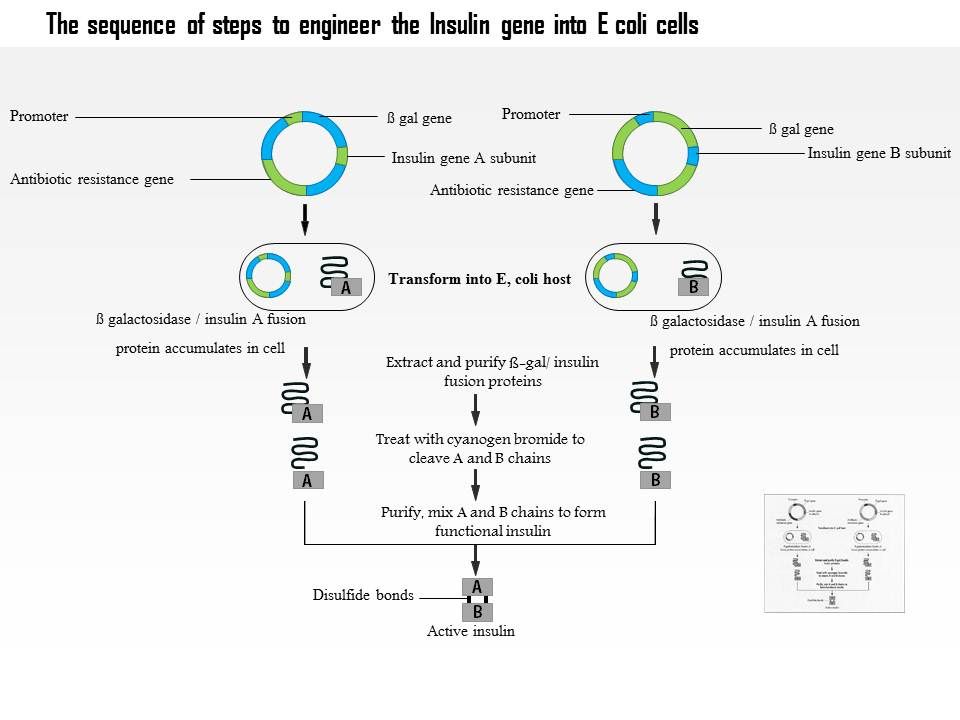


0614 The Sequence Of Steps To Engineer The Insulin Gene Into E Coli Cells Medical Images For Powerpoint Powerpoint Slide Templates Download Ppt Background Template Presentation Slides Images
Escherichia coli, often abbreviated E coli, are rodshaped bacteria that tend to occur individually and in large clumps E coli are classified as facultative anaerobes, which means that they grow best when oxygen is present but are able to switch to nonoxygendependent chemical processes in the absence of oxygenEscherichia coli are small or middlesize gramnegative rodshaped bacteria 13 μm in length During microscopy they are usually observed as single cells E coli carry peritrichous flagella;Who in biology has not heard of Escherichia coli?Known to many as the fundamental model microbe and perhaps model organism, E coli is the cornerstone of many important findings in molecular biology and other areas of cell physiology Perhaps even the first chemoorganoheterotroph had a similar mass composition as E coli, providing the hits necessary to understand the evolution of modern


Microbiology And Flow Cytometry



E Coli Cell Diagram Page 1 Line 17qq Com
E coli was discovered by Theodor Escherich in 15 after isolating it from the feces of newborns;Escherichia coli W3110, a K12 derived strain, was grown in fedbatch cultivation The fedbatch concept was characterised by an initial exponential feed, started at time zero, of the growth limiting component, glucose, leading to the establishment of a specific growth rate of 06 h1This was followed by a constant feed phase where the growth rate declined asymptotically to a value ofMurNAc is unique to bacterial cell walls, as is Dglu, DAP and Dala The muramic acid subunit of E coli is shown in Figure 16 below Figure 16 The structure of the muramic acid subunit of the peptidoglycan of Escherichia coli This is the type of murein found in most Gramnegative bacteria
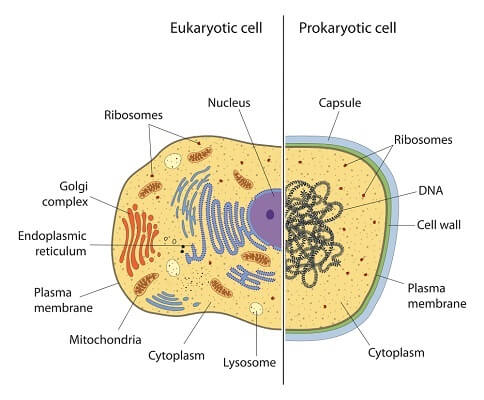


Prokaryotic Cell Definition Examples Structure Biology Dictionary


E Coli Annotation Clip Art Library
E coli was discovered by Theodor Escherich in 15 after isolating it from the feces of newborns;The size of a typical bacterium such as E coli serves as a convenient standard ruler for characterizing length scales in molecular and cell biology A "rule of thumb" based upon generations of light and electron microscopy measurements for the dimensions of an E coli cell is to assign it a diameter of about ≈1µm, a length of ≈2µm, and a volume of ≈1µm 3 (1 fL) (BNID 1017)The major facilitator superfamily represents the largest group of secondary membrane transporters in the cell Here we report the 33 angstrom resolution structure of a member of this superfamily, GlpT, which transports glycerol3phosphate into the cytoplasm and inorganic phosphate into the periplasm The amino and carboxylterminal halves of the protein exhibit a pseudo twofold symmetry



E Coli


Evo Ed E Coli Cell Biology
Introduction Escherichia coli is a rod‐shaped, Gram‐negative bacterium, and classified as a member of the family Enterobacteriaceae within the Gammaproteobacteria classEscherichia coli is among one of the well‐studied bacteriaEscherichia coli can grow rapidly under optimal growth conditions, replicating in ~ min Many gene manipulation systems have been developed using E coli asIntroduction Escherichia coli is a rod‐shaped, Gram‐negative bacterium, and classified as a member of the family Enterobacteriaceae within the Gammaproteobacteria classEscherichia coli is among one of the well‐studied bacteriaEscherichia coli can grow rapidly under optimal growth conditions, replicating in ~ min Many gene manipulation systems have been developed using E coli asNevertheless, nonmotile microbial forms can be found They possess numerous pili that promote microbial adherence, nutrition and gene exchange



Vector Clipart E Coli Bacteria Micro Biological Vector Illustration Cross Section Labeled Diagram Medical Research Information Poster Vector Illustration Gg Gograph


2 2 Prokaryotic Cells Bioninja
Overview Escherichia coli (E coli) is a bacterium that is commonly found in the gut of humans and warmblooded animalsMost strains of E coli are harmless Some strains however, such as Shiga toxinproducing E coli (STEC), can cause severe foodborne disease It is transmitted to humans primarily through consumption of contaminated foods, such as raw or undercooked ground meat products, rawRate of cell division of E coli is average of once in every 30 min, thus enabling quick environmental adaptation This fast division rate of E coli has helped in evolutionary experiments whichMorphology & cell type e coli is a single celled prokaroyotic organism e coli is gramnegative it is a bacillus bacterium so it is rodshaped in structure e coli looks like a little tube with hairlike projections and a tail attached (which represents a flagella) e coli possesses adhesive fimbriae and a cell wall that consists of an outer
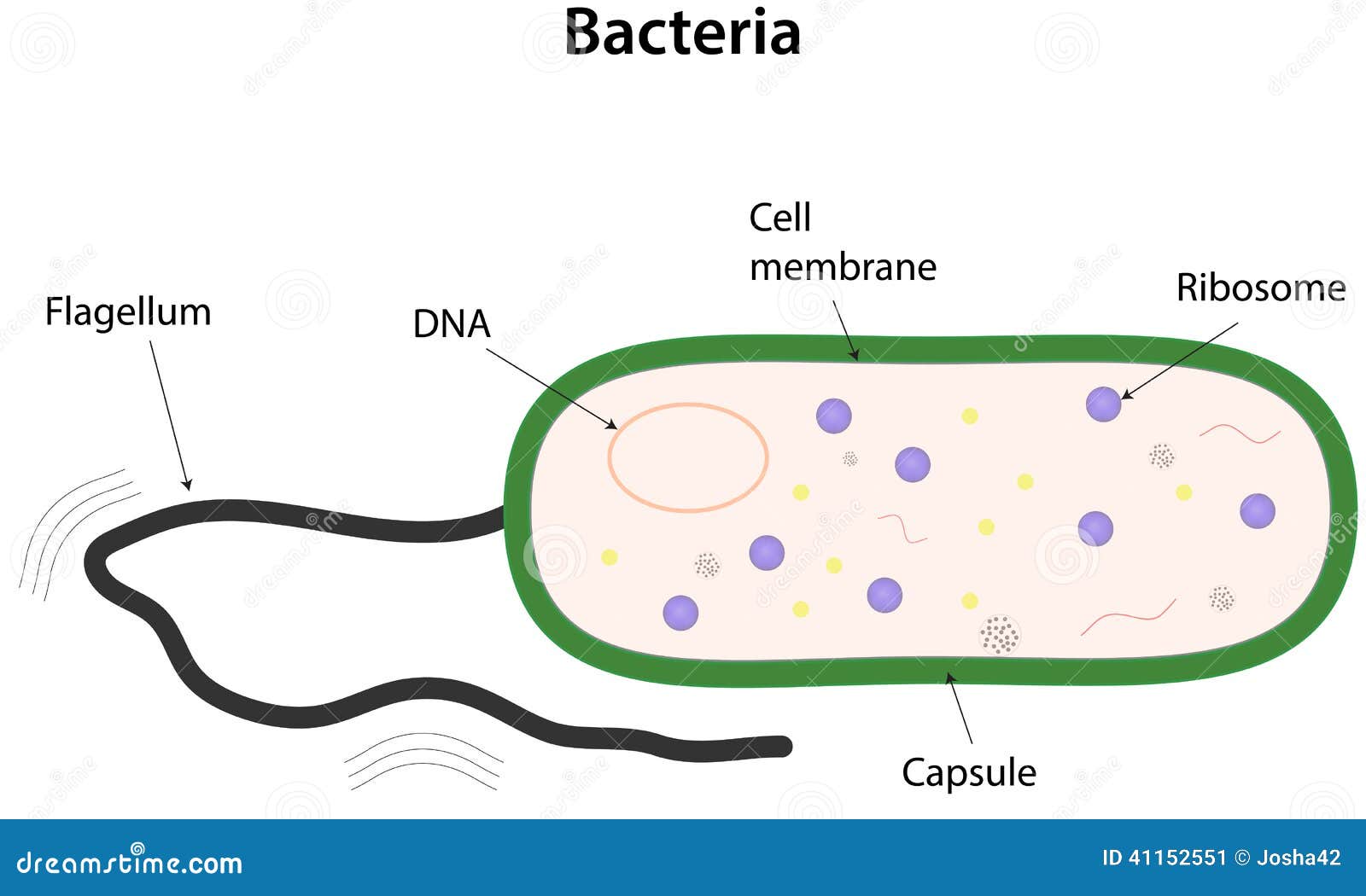


Bacteria Labeled Stock Illustrations 135 Bacteria Labeled Stock Illustrations Vectors Clipart Dreamstime
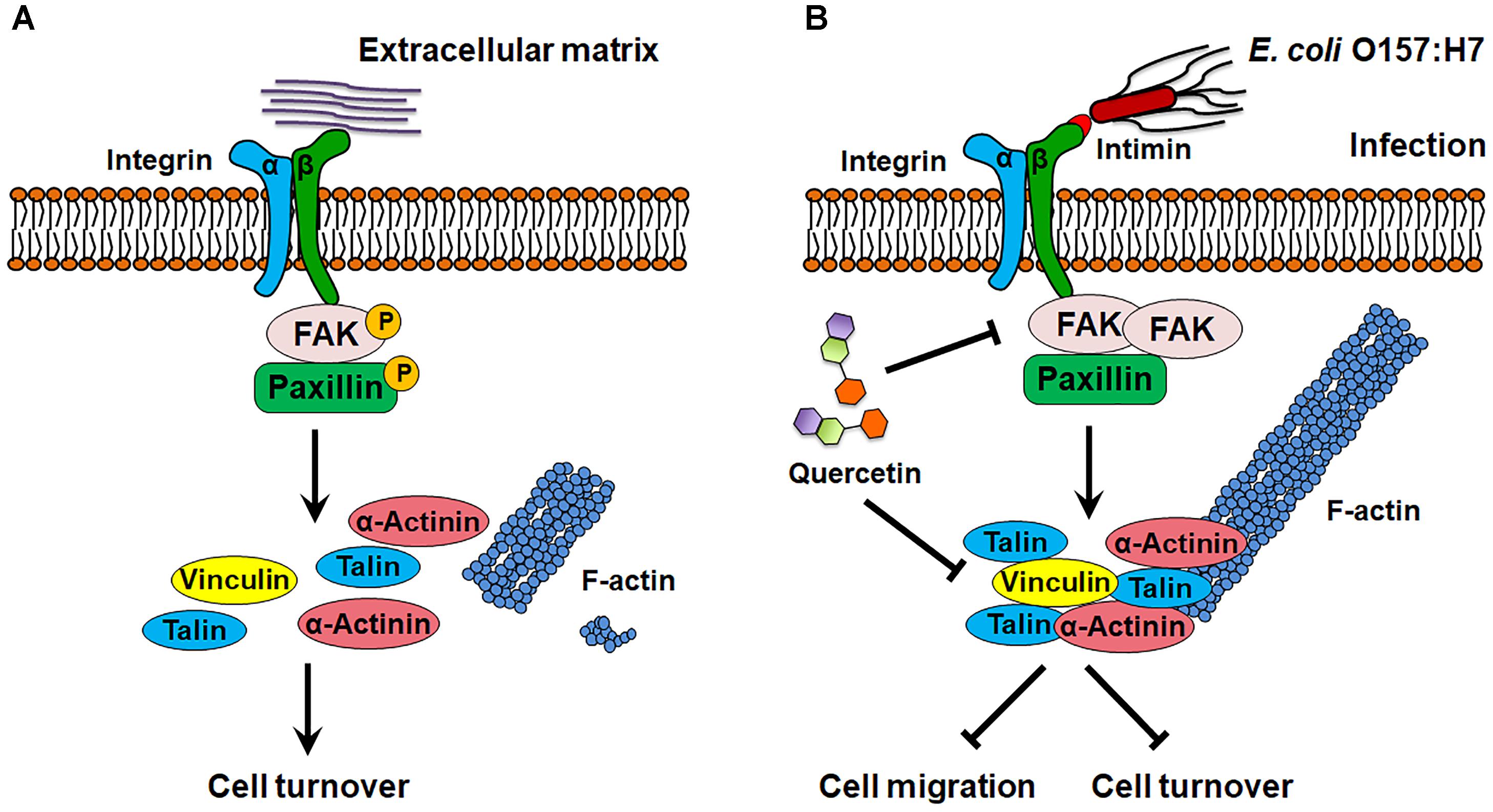


Frontiers Quercetin Prevents Escherichia Coli O157 H7 Adhesion To Epithelial Cells Via Suppressing Focal Adhesions Microbiology
In this paper, patches of an E coli cell wall were made using a circumferential layered model, supported by ECT imaging of both Gramnegative and Grampositive sacculi , , plausibility arguments based on the thickness and glycan strand length , and the average peptidepeptide angle measured above (see Fig 2B) The patches were constructedE coli lives in the lower intestine of warmblooded animals, including humans It's one of many bacterial species that inhabit our digestive tract in large numbers In fact, there are more bacterial cells in our digestive tract than there are human cells in our bodies!It is necessary for commensal E coli to acquire additional virulence traits that allow the organisms to become established in the intestine and to initiate diarrheal disease The virulence traits of the E coli that cause diarrhea utilize multiple avenues to disrupt the normal intestinal cell physiology and produce diarrhea (Table 1)Some of the E coli (ETEC) turn on secretory processes in



Schematic Diagram Of E Coli O157 H7 Colonization On Host Cell A Download Scientific Diagram



Activity 4 Transformation Of E Coli Using Green Fluorescent Protein
E coli, (Escherichia coli), species of bacterium that normally inhabits the stomach and intestines When E coli is consumed in contaminated water, milk, or food or is transmitted through the bite of a fly or other insect, it can cause gastrointestinal illness Mutations can lead to strains that cause diarrhea by giving off toxins, invading the intestinal lining, or sticking to the intestinalThe primary habitat of E coli is in the gastrointestinal (GI) tract of humans and many other warmblooded animalsMorphology & cell type e coli is a single celled prokaroyotic organism e coli is gramnegative it is a bacillus bacterium so it is rodshaped in structure e coli looks like a little tube with hairlike projections and a tail attached (which represents a flagella) e coli possesses adhesive fimbriae and a cell wall that consists of an outer
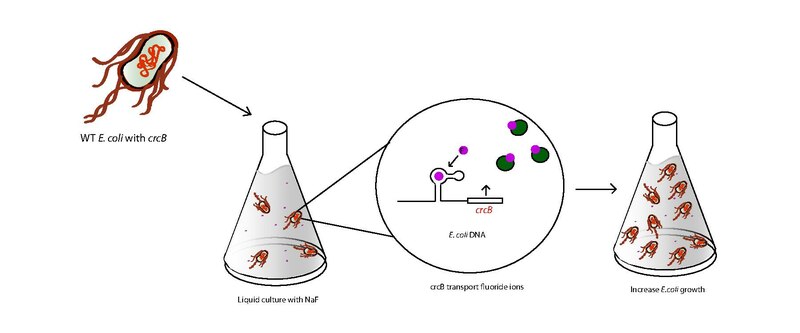


File Effect Of Naf Concentrations On E Coli Cell Growth Pdf Wikimedia Commons


1
Part of the TolPal system, which plays a role in outer membrane invagination during cell division and is important for maintaining outer membrane integrity (PubMed, PubMed) Required, with TolQ, for the proton motive forcedependent activation of TolA and for TolAPal interaction (PubMed) The TolPal system is also required for polar localization of chemoreceptorsRate of cell division of E coli is average of once in every 30 min, thus enabling quick environmental adaptation This fast division rate of E coli has helped in evolutionary experiments which


Chemical Engineering Recombinant Production Of Horseradish Peroxidase In Escherichia Coli


Evo Ed E Coli Cell Biology


1


Pathogenesis Ecl The Escherichia Coli Laboratory


Www Cell Com Cell Pdf S0092 8674 19 9 Pdf



Visualizing The Acrab Tolc Efflux Pump In The E Coli Cell Envelope A Download Scientific Diagram


Q Tbn And9gcqxvgd0thop3jbr 1uwaawvmpk6saxcj3ipmqw0mub7r2m8kae1 Usqp Cau



Peptidoglycan Chain Synthesis Of The E Coli Cell Wall Download Scientific Diagram



Diagram Of T2 Bacteriophage Injecting Its Dna Into An E Coli Cell Cell Wall Diagram Microscopic



Pin On Photoshop Png



Howstuffworks How Cells Work



How Microbes Grow Microbiology



Genome Wide Phenotypic Analysis Of Growth Cell Morphogenesis And Cell Cycle Events In Escherichia Coli Biorxiv



E Coli Cells Align Along Dna Fibers Type I Cell Alignment Mediated Via Download Scientific Diagram



Binding Of F Pili To E Coli Cells A Mutant F Pili At 5 Mg Mi Of Download Scientific Diagram



Pathogenic E Coli Extracts Nutrients From Infected Host Cells Utilizing Injectisome Components Sciencedirect



Strategy For Regeneration Of E Coli Cells From Minicells A Plan For Download Scientific Diagram
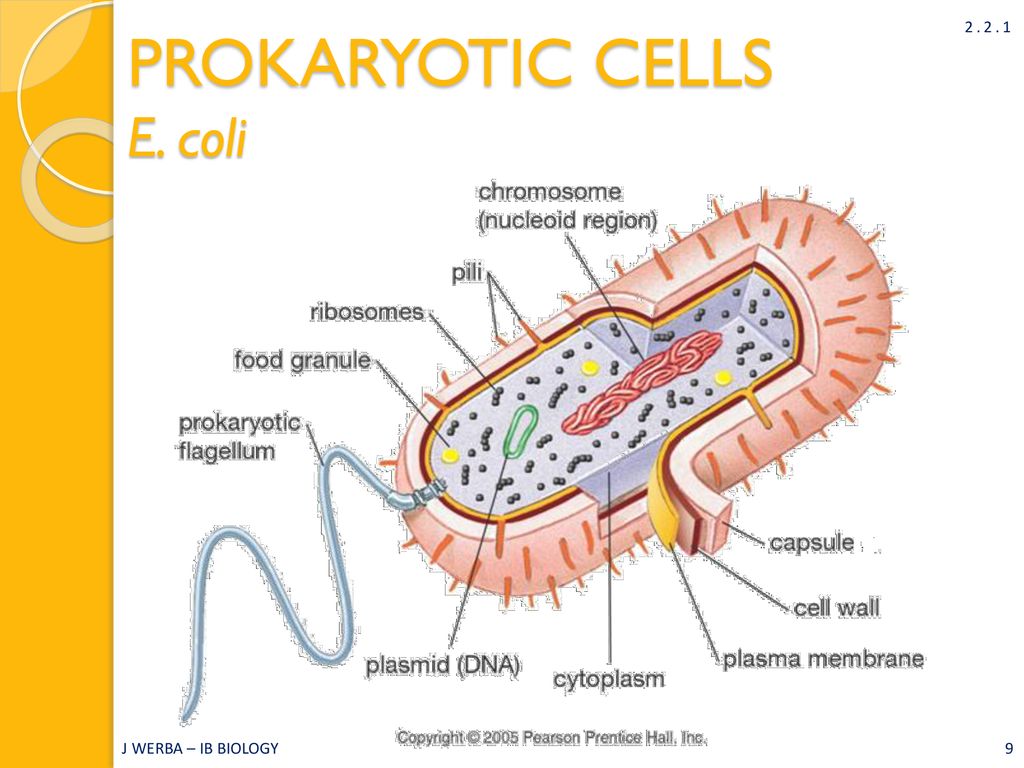


Prokaryotic Cells Topic 2 2 Ib Biology Miss Werba Ppt Download



Mouse Models Of Escherichia Coli O157 H7 Infection And Shiga Toxin Injection



Ib Biology 2 2 1 How To Draw E Coli Youtube



Drawing Of E Coli Google Search


Chapter 2 Cells



Antibody Selection Using Clonal Cocultivation Of Escherichia Coli And Eukaryotic Cells In Miniecosystems Pnas



Concurrent Processes Set E Coli Cell Division Science Advances



Tem Images Of E Coli Cells A D Are Cells After Contacting With Download Scientific Diagram



E Coli Cell Diagram Page 2 Line 17qq Com


What Are The Concentrations Of Free Metabolites In Cells


2 2 Prokaryotic Cells Bioninja


Escherichia Coli



Transcription And Translation Contribute To Gene Locus Relocation To The Nucleoid Periphery In E Coli Nature Communications
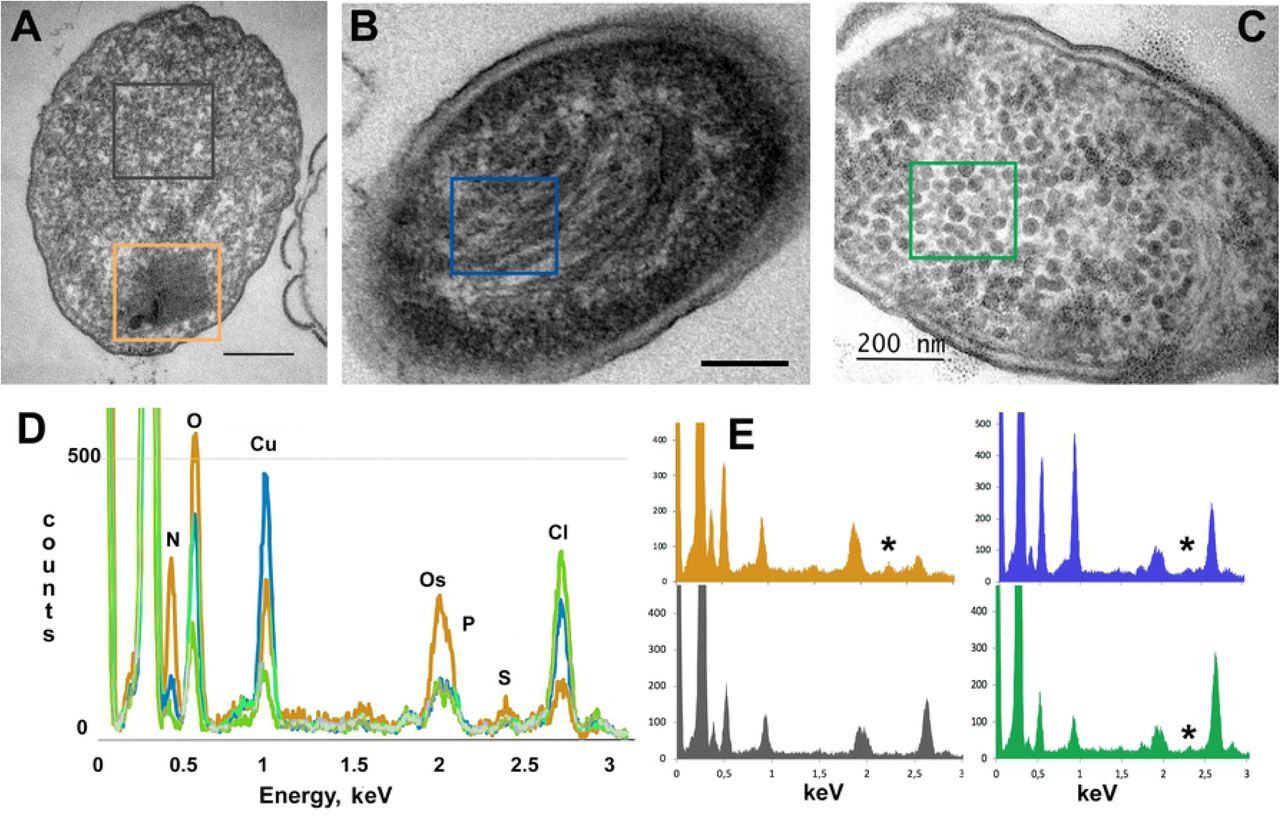


Morphological Peculiarities Of Dna Protein Complexes In Dormant Escherichia Coli Cells Subjected To Prolonged Starvation Condensation Of Dna In Dormant Cells Of Escherichia Coli Biorxiv


Pathogenesis Ecl The Escherichia Coli Laboratory


Q Tbn And9gctu1fjs7uwixvkycswnzzsdlru8hj9qornkid1du9 Jkvpn 0ku Usqp Cau
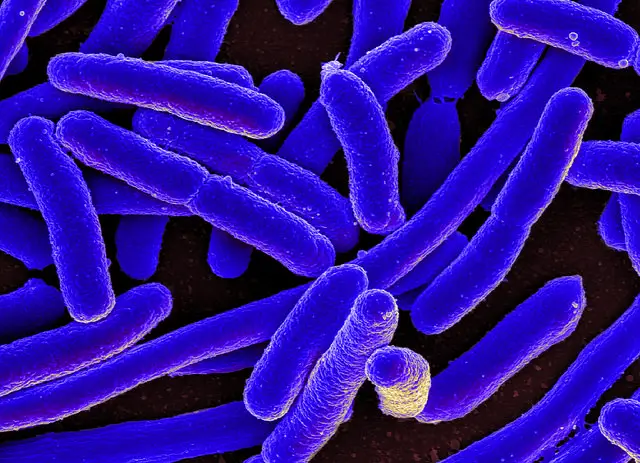


E Coli Under The Microscope Types Techniques Gram Stain Hanging Drop Method



A Electron Micrograph Of E Coli Cells Overexpressing Ifnc B Download Scientific Diagram
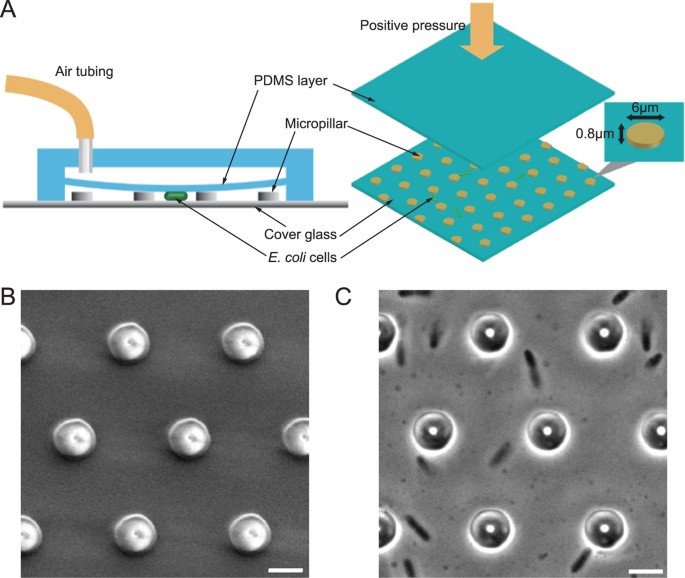


Bacterial Growth And Form Under Mechanical Compression Scientific Reports
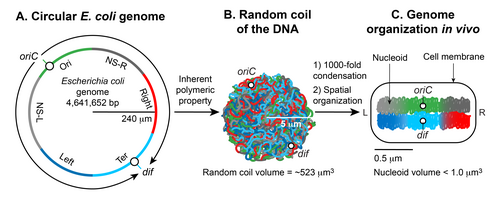


Nucleoid Wikipedia



Prokaryotic Cells Bioninja



1 2 Prokaryotic Cells A Biology


Alpha Lifetech Protein Expression In E Coli Cell Free System



2 2 1 Draw And Label A Diagram Of The Ultrastructure Of Ecoli As An Example Of A Prokaryote Youtube



Morphogenesis Of Escherichia Coli Microbiology And Molecular Biology Reviews



Efficient Bioaccumulation Of Tungsten By Escherichia Coli Cells Expressing The Sulfitobacter Dubius Tupbca System Sciencedirect



Escherichia Coli As A Model Organism And Its Application In Biotechnology Intechopen
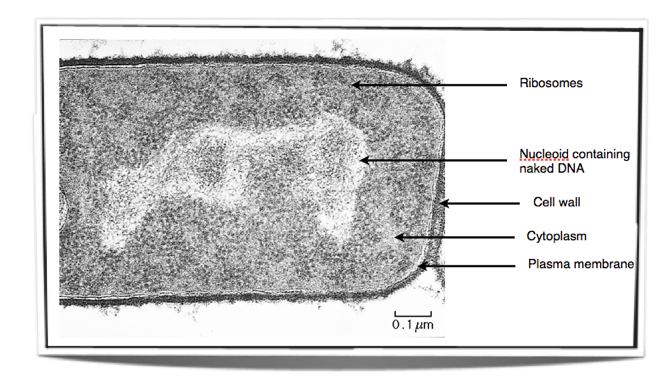


Ib Biology Notes 2 2 Prokaryotic Cells
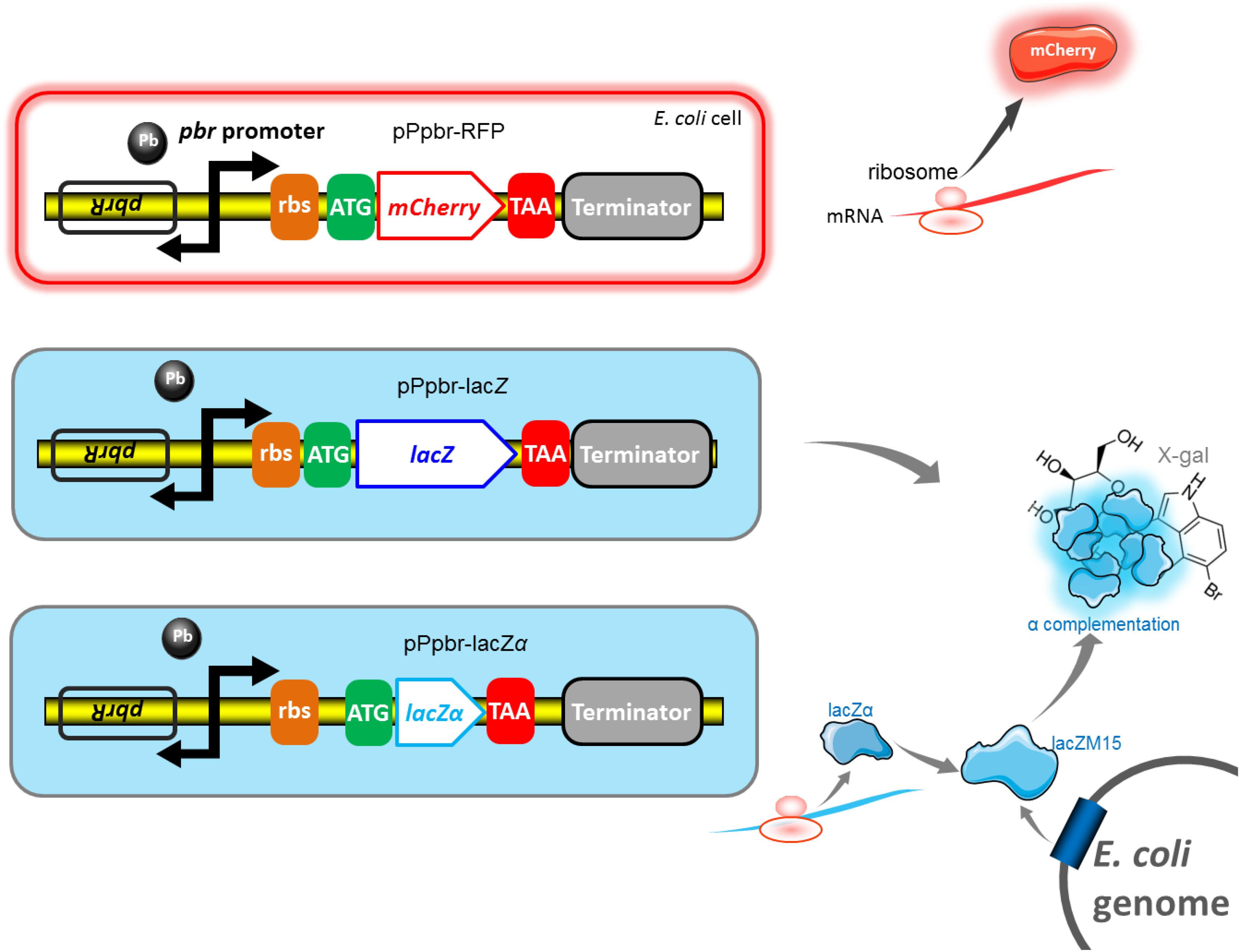


Frontiers Improved Monitoring Of Low Level Transcription In Escherichia Coli By A B Galactosidase A Complementation System Microbiology



Regulation Of Cell Size In Response To Nutrient Availability By Fatty Acid Biosynthesis In Escherichia Coli Pnas



Dissecting The Control Mechanisms For Dna Replication And Cell Division In E Coli Sciencedirect


Schematic Illustration Of The Protein Purification Process From The Download Scientific Diagram
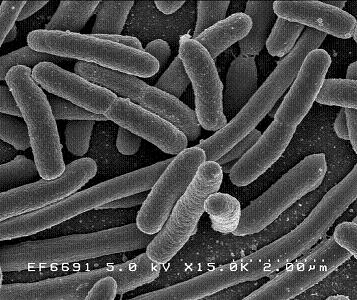


Escherichia Coli Microbewiki


E Coli Chemotaxis



E Coli Cell Diagram Page 5 Line 17qq Com
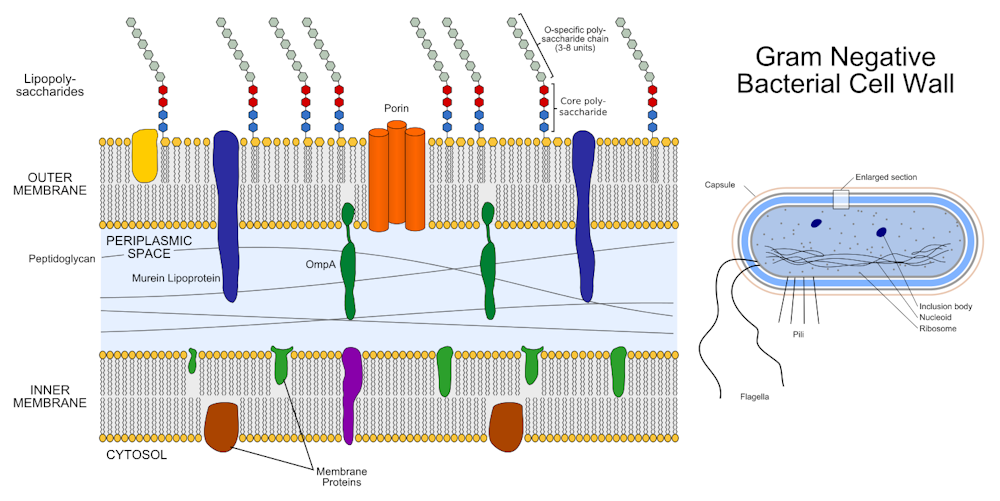


Why Are Some E Coli Deadly While Others Live Peacefully Within Our Bodies



Pin On Study



Unique Characteristics Of Prokaryotic Cells Microbiology



Structural Bases For F Plasmid Conjugation And F Pilus Biogenesis In Escherichia Coli Pnas



Overexpression Of D D Carboxypeptidases In E Coli Ck E Coli Cells Download Scientific Diagram


Ib Biology Topic 2 2 Prokaryotic Cells
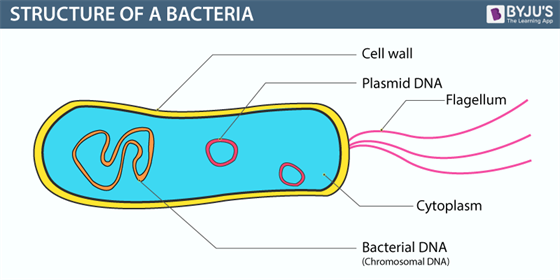


Bacteria Definition Structure Diagram Classification



0614 The Sequence Of Steps To Engineer The Insulin Gene Into E Coli Cells Medical Images For Powerpoint Powerpoint Slide Templates Download Ppt Background Template Presentation Slides Images



Cbl Selection Scheme A B A Library A Of E Coli Cells Expressing Download Scientific Diagram



Edta Weakens The E Coli Cell Envelope A Length Of The Cell Wall Download Scientific Diagram



Increased 3 Phosphoadenosine 5 Phosphosulfate Levels In Engineered Escherichia Coli Cell Lysate Facilitate The In Vitro Synthesis Of Chondroitin Sulfate A Biotechnology Journal X Mol



2 2 Prokaryotic Cells



Ib Hl 1 2 S1



Ib Biology Notes 2 2 Prokaryotic Cells



Slow Unloading Leads To Dna Bound B 2 Sliding Clamp Accumulation In Live Escherichia Coli Cells Nature Communications



Cell Free Biotech Could Drive Covid 19 Therapeutics Cornell Chronicle



Stressed Out Bacteria Do Measure Up As They Grow E Coli Cells Constantly Mark Sites Where They Can Divide Once The Period Of Stress Is Over Amolf



Eubacteria The Definitive Guide Biology Dictionary



Draw And Label A Diagram Of The Ultrastructure Of Escherichia Coli E Ppt Download


I E Coli I Toxin Linked To Colon Cancer Damages Dna


コメント
コメントを投稿